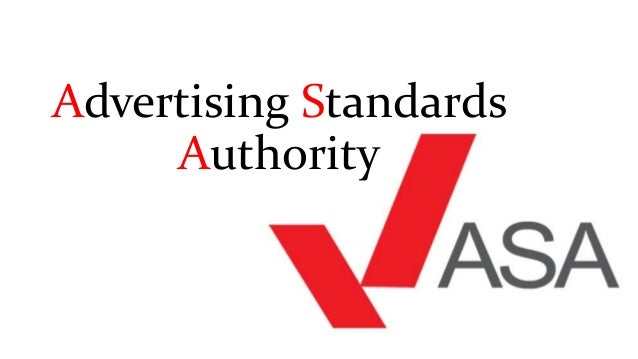
Advertising Standards of Care?
Right back at the end of 2020, HMRC announced its new initiative with the Advertising Standards Authority (“ASA”) in order to tackle umbrellas used as part of ‘tax arrangement schemes’.
Under this initiative, the ASA will enforce the content provided by tax avoidance scheme promoters to ensure that:
- misleading claims should not be present on websites; and
- any tax risks should be set out to scheme users
Correspondence in relation to this initiative noted that From 31 January 2021 [they would] start targeted monitoring and enforcement“ As such, this operation should be considered well and truly ‘live’.
HMRC and ASA’s earlier partnership
This is not the first case that HMRC and the ASA has joined forces.
To our knowledge, there have been three pertinent interventions by the ASA:
- Knight Wolffe: We were told that this Company promoted “tax trusts” aimed at health service professionals. It was rather brazenly using HMRC’s logo on its website and had similar imagery implying House of Lord approval for the scheme!
- Williams Gordon: this business was ordered to withdraw its advert for a contractor loan scheme. Under the scheme, contractors would receive a small part of their salary as income on which tax would be paid with the remainder made up by a loan. As well as declaring that participants could “take home up to 92% of your pay”, it also stressed that the scheme was “fully compliant with the necessary HMRC legislation and with all current IR35 policies”. Once again, the ASA determined that Williams Gordon had “misled” by omission” its clients.
- Fiducia: This Company provided SDLT arrangements. The ASA determined that multiple claims on its website were unsubstantiated, including claims around the Disclosure of Tax Avoidance Schemes (DOTAS) regime.
Why would HMRC do this?
An interesting question bearing in mind HMRC has collected many powers over recent years.
However, ASA rulings are of general interest to the media. The Authority, in other words, cannot only order the withdrawal of offending ads but save HMRC the trouble of spreading the news and scaring off copycats.
Secondly, being able to ‘out’ organisations facilitating tax avoidance is something which HMRC has greater difficulty in doing – absent any naming and shaming provisions. However, merely citing an ASA missive mentioning the relevant firm allows HMRC to bypass much lengthier processes.
Specific requirements set out in the initiative
The first requirement is that the promoter must not “make any claims – direct or implied – that are likely to mislead customers”.
This would include not using:
- Statements about the level of take-home pay, such as “Take home up to 92% of your pay”. This is on the basis that such statements are, on the face of it, “unlikely to be true”;
- Claims around ‘not tax avoidance’ and ‘uses statutory reliefs’ unless one holds documentary proof of such. This might include statements about whether GAAR or DOTAS applies. In this regard, the holding of a non-categorical opinion by a barrister on the matter would not suffice.
The second requirement is that the website must make clear the risks of entering into the relevant scheme. It is unclear as to whether this particular part only applies to “schemes under HMRC challenge” or not. Clearly, it would be good practice to include this for any such scheme – whether under challenge or not.
The ASA will look to see that that any scheme contains information about the tax implications and risks of entering into the arrangement. A non-exhaustive list, includes:
- The risk of challenge to a user of the scheme by HMRC;
- Explanations of relevant legislation – including DOTAS, GAAR and Part 7A (Aka disguised remuneration rules)
- Details of any tax penalties that might apply; and
- The consequences of any Follower Notices / Accelerated Payments that might be issued
This information needs to be presented with equal prominence and be clearly signposted from the home page.
The ASA advised that the promoter should lay out on the website “a clear and detailed explanation of how the arrangement works”.
Sanctions under the ASA
Clearly, the success of this duo will depend on the power of its sanctions.
Simply put, it does not appear that the ASA has power to issue direct financial sanctions.
However, it does have other powers on which it might draw.
We have mentioned the ability for the ASA to release decisions into the public domain much faster than HMRC can usually do under current law.
Indeed, the ASA states that “One of our most persuasive sanctions is bad publicity”.
The ASA can withdraw so-called ‘trading privileges’ from firms. For example, it can ask Royal Mail to withdraw its Royal Mail bulk mail discount. However, it must be said, that in the age of email and e-signatures, this may be a limited power.
One area which could have some success is the ASA’s ability to petition internet search engines to have paid ads removed where they link to a non-compliant marketer’s website.
Importantly, where one is operating outside of these guidelines, then it might have adverse implications in terms of defending any claims for misrepresentation or negligence.
Conclusion
The above applies to any promoter who is providing these arrangements to UK individuals and businesses. As such, the rule would apply to an overseas promoter marketing to clients in the UK.
HMRC’s own figures report that contractor loan tax avoidance makes up 98% of all tax avoidance. However, it remains to be seen what impact these measures will have on the industry.



